Supraorbital block, Avir’s Decision-Making Gospel
Mount Sinai EM
AUGUST 23, 2023
Today is a 2 parter: 1) The Supraorbital (+supratrochlear) block for forehead lacs and 2) Comments on decision-making TNF at Ethyl’s 84th and 2nd again, 8 PM TLDR: The Supraorbital block will save you time and make your life easier/patient happier – WATCH THE 3 MIN VID ; We are DECISION MAKERS – make decisions, learn from them, READ THE ATTACHMENT, get amped THE SUPRAORBITAL/TROCHLEAR FOREHEAD BLOCK A must-have in your Elmhurst tool belt.

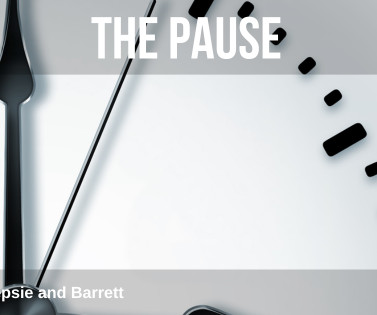
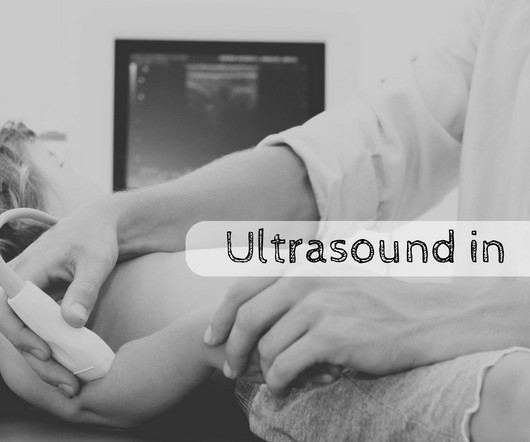


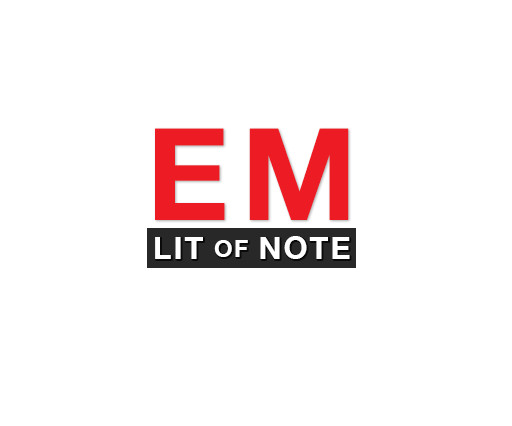


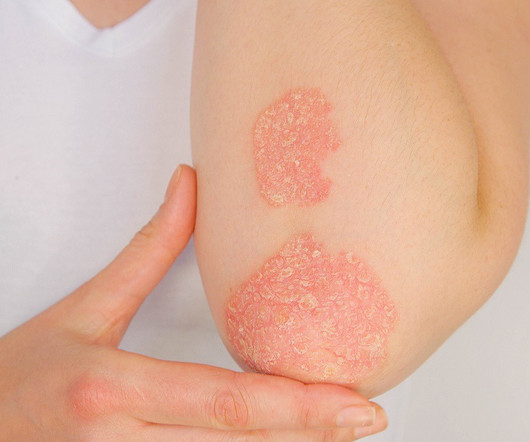
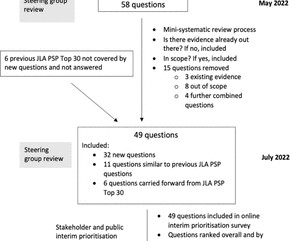

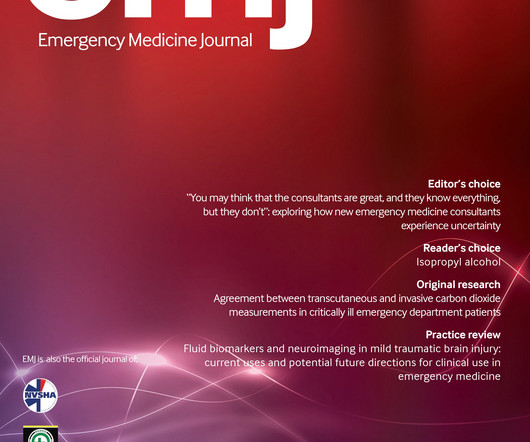
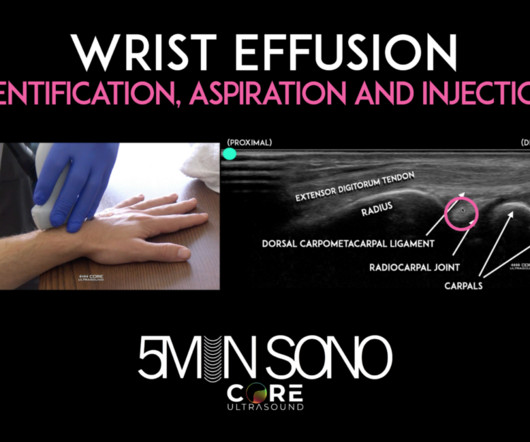


















Let's personalize your content